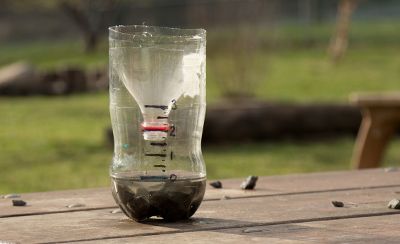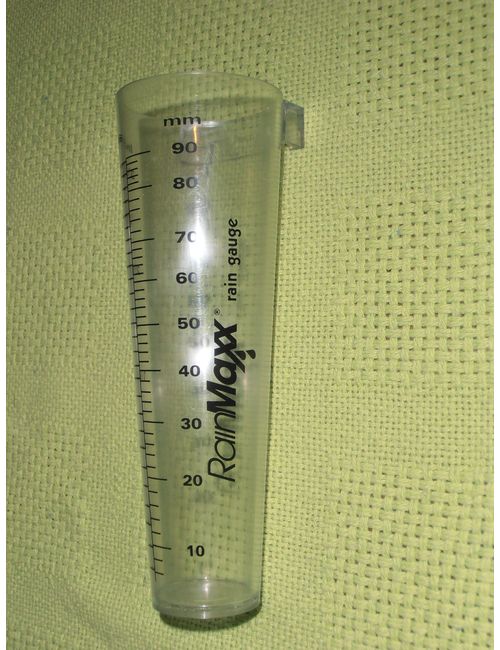How a Rain Gauge Can Improve Your Understanding of Local Environment Patterns
How a Rain Gauge Can Improve Your Understanding of Local Environment Patterns
Blog Article
Revealing the Science Behind Rainfall Gauges: How These Tools Play a Vital Role in Climate Study and Ecological Surveillance
Rain assesses, seemingly straightforward tools, hold a profound relevance in the realm of environment research and environmental tracking. These plain tools silently gather among nature's most essential components-- rainfall. Behind their plain facade exists a complicated scientific research that is important for comprehending the dynamics of our atmosphere. As we peel off back the layers of this scientific veil surrounding rainfall evaluates, we uncover a globe where accuracy, data precision, and meticulous monitoring merge to reveal a deeper understanding of our transforming environment and its impact on the world.
Relevance of Rainfall Gauges
Rain gauges play an indispensable function in surveillance and measuring rainfall levels, giving important data for environment research and evaluation. These devices are essential in evaluating the quantity of rainfall that happens in a certain area over a specific duration. By measuring and accumulating rainwater, rainfall evaluates deal useful understandings into the circulation and strength of precipitation, assisting meteorologists, hydrologists, and climatologists in comprehending weather patterns and trends.
Among the essential reasons that rain gauges are critical is their ability to provide accurate and localized data. Unlike satellite or radar-based measurements, which offer broader monitorings, rainfall evaluates offer exact information specific to the location where they are placed. This localized information is important for numerous applications, consisting of flood forecasting, drought surveillance, and water resource monitoring. Additionally, lasting data collected from rain gauges aids in assessing climate modification effects and patterns, adding considerably to clinical research and decision-making procedures. Basically, rainfall assesses serve as vital tools in the field of meteorology and environmental scientific research, playing a critical role ahead of time our understanding of weather and environment dynamics.
Kinds Of Rain Gauges

Functionality and Operation
In the world of climate study and atmospheric studies, the efficiency of rain assesses lies in their intricate performance and specific operational systems. Rain assesses are developed to properly gauge the amount of rainfall that falls over a certain location throughout a set duration.
The performance of rain evaluates is based upon the principle of determining and gathering rainwater in a standard way. This accumulated data is critical for recognizing local weather condition patterns, tracking long-lasting environment trends, and analyzing ecological impacts. To make certain exact dimensions, rainfall gauges demand to be tactically put in open areas far from blockages such as buildings or trees that might disrupt the collection process.
The functional element of rain gauges entails normal maintenance to stop particles build-up, calibration checks to keep dimension accuracy, and data taping for analysis (rain gauge). In general, the performance and operation of rain assesses are crucial for collecting reputable rainfall data vital to climate study and ecological tracking
Function in Climate Research Study
Provided the important value of accurate rainfall measurements in understanding climate patterns and environmental effects, the function of rain gauges in environment research study is essential. Rainfall determines supply important information for climate research by measuring the amount of precipitation that drops over a specific area during a given period. This data is important for keeping an eye on lasting fads in rainfall patterns, assessing the effect of climate modification on rains distribution, and improving climate designs.

Environment scientists utilize information accumulated from rainfall assesses to evaluate variants in rainfall degrees, recognize local environment fads, and examine the effectiveness of water resource administration techniques. By contrasting historic rainfall data with present dimensions, scientists can discover changes in precipitation patterns, such as changes in the frequency or strength of rainfall events. This details is vital for comprehending how environment change is affecting rainfall characteristics and can aid policymakers make notified decisions concerning adaptation and mitigation techniques.
Applications in Environmental Monitoring

In flood projecting, rainfall scale information aids to track rainfall strength and circulation, Source permitting authorities to release timely cautions and take necessary procedures to minimize flooding threats (rain gauge). Drought monitoring counts on rain scale data to assess wetness degrees in the dirt and track rainfall deficits, helping in the recognition of drought-prone areas and the implementation of dry spell action strategies
Additionally, rain scale data plays a vital role in water source management by supplying details on water schedule and usage patterns. This information is made use of to make informed decisions pertaining to water allowance, preservation actions, and sustainable water source planning. Furthermore, in farming, rainfall scale data helps farmers in maximizing irrigation schedules, crop selection, and total ranch management techniques based upon regional rainfall patterns. Overall, rain determines are crucial tools in environmental surveillance, providing useful understandings that add to notified decision-making and sustainable source management.
Conclusion
In verdict, rainfall assesses are vital devices for measuring precipitation, offering valuable information for environment study and environmental tracking. With various kinds and performances, rain determines play a crucial function in understanding rainfall patterns and their effect on the atmosphere. By accurately gauging rains, these devices add to the improvement of scientific understanding and assistance in making notified choices pertaining to water source management and disaster preparedness.
Rain assesses play an indispensable role in surveillance and measuring More Help precipitation levels, giving crucial data for climate study and evaluation. The conventional rainfall scale, known as the "tipping container" gauge, is one of the most frequently used devices. Ultrasonic rain evaluates usage sound waves to spot the existence of rainfall, offering real-time information on precipitation degrees.Environment researchers make use of data gathered from rainfall gauges to assess variants in precipitation levels, recognize local climate fads, and review the effectiveness of water source administration techniques.In conclusion, rain gauges are necessary tools for determining rainfall, providing valuable information for environment research and ecological monitoring.
Report this page